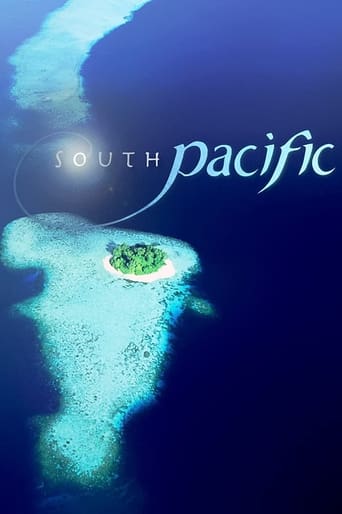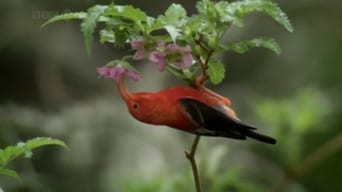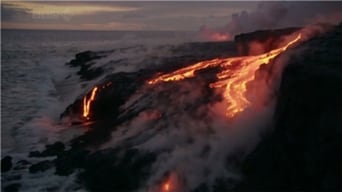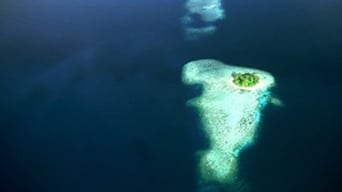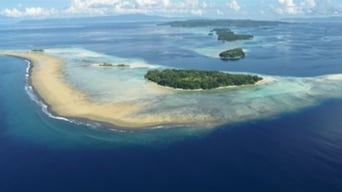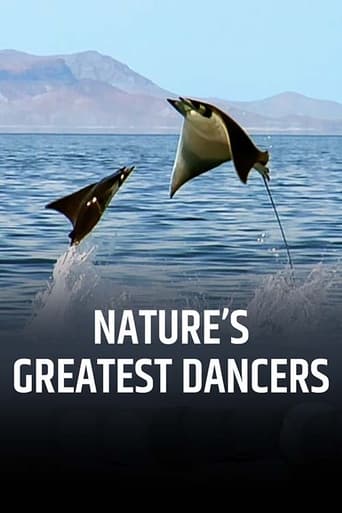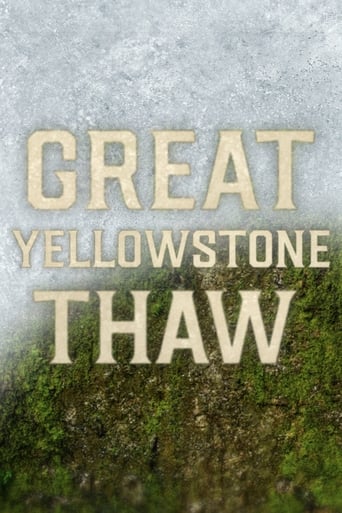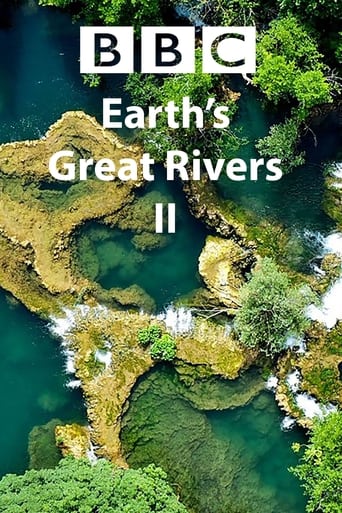South Pacific Season 1
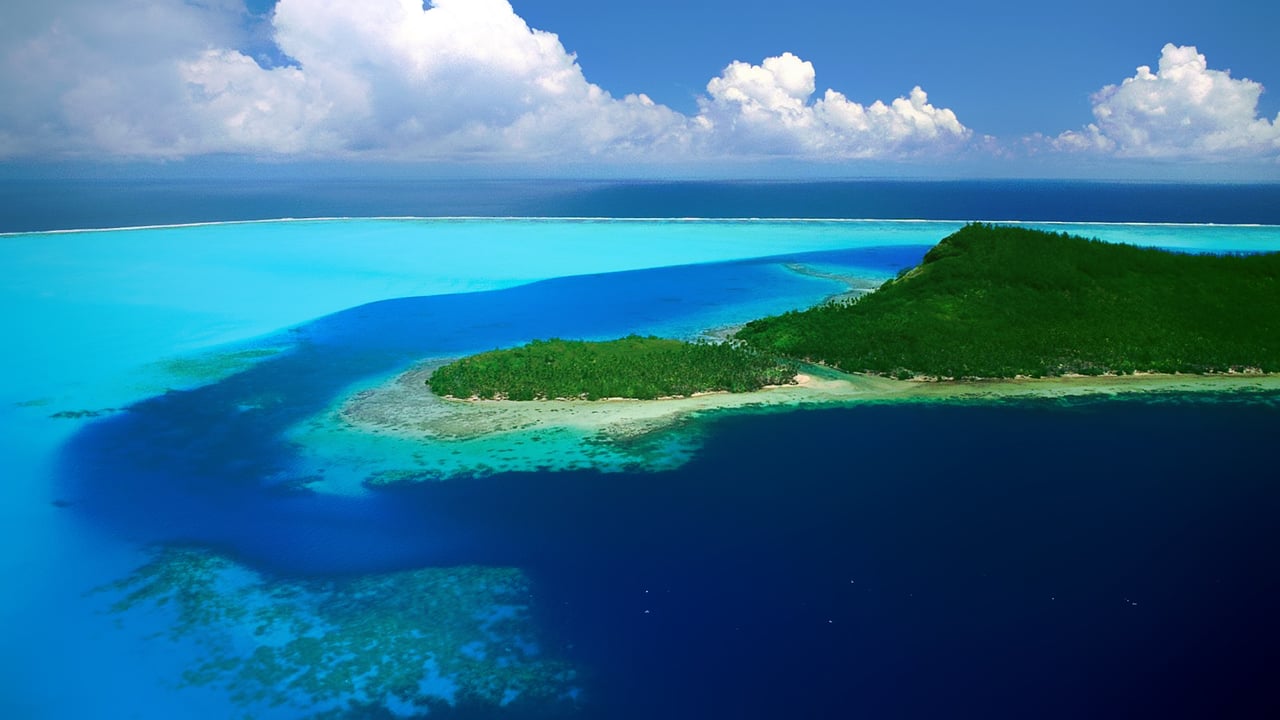
South Pacific is a British nature documentary series from the BBC Natural History Unit, which began airing on BBC Two on 10 May 2009. The six-part series surveys the natural history of the islands of the South Pacific region, including many of the coral atolls and New Zealand. It was filmed entirely in high-definition. South Pacific was co-produced by the Discovery Channel and the series producer was Huw Cordey. It is narrated by Benedict Cumberbatch. Filming took place over 18 months in a variety of remote locations around the Pacific including: Anuta, Banks Islands, French Frigate Shoals, Papua New Guinea, Palmyra, Kingman Reef, Tuvalu, Palau, Caroline Islands, Tuamotus and Tanna Island in Vanuatu. On 6 May 2009, BBC Worldwide released a short clip of big wave surfer Dylan Longbottom surfing in slow motion, high-definition footage as a preview of the series, attracting extremely positive reactions on the video sharing website YouTube. The series was released on DVD and Blu-ray Disc on 15 June 2009. At the end of each fifty-minute episode, a ten-minute featurette takes a behind-the-scenes look at the challenges of filming the series. The series was released by Discovery International in the USA under the title Wild Pacific, with narration provided by Mike Rowe.
Watch NowWith 30 Day Free Trial!
South Pacific
2009 / TV-G

South Pacific is a British nature documentary series from the BBC Natural History Unit, which began airing on BBC Two on 10 May 2009. The six-part series surveys the natural history of the islands of the South Pacific region, including many of the coral atolls and New Zealand. It was filmed entirely in high-definition. South Pacific was co-produced by the Discovery Channel and the series producer was Huw Cordey. It is narrated by Benedict Cumberbatch. Filming took place over 18 months in a variety of remote locations around the Pacific including: Anuta, Banks Islands, French Frigate Shoals, Papua New Guinea, Palmyra, Kingman Reef, Tuvalu, Palau, Caroline Islands, Tuamotus and Tanna Island in Vanuatu. On 6 May 2009, BBC Worldwide released a short clip of big wave surfer Dylan Longbottom surfing in slow motion, high-definition footage as a preview of the series, attracting extremely positive reactions on the video sharing website YouTube. The series was released on DVD and Blu-ray Disc on 15 June 2009. At the end of each fifty-minute episode, a ten-minute featurette takes a behind-the-scenes look at the challenges of filming the series. The series was released by Discovery International in the USA under the title Wild Pacific, with narration provided by Mike Rowe.
Watch Trailer
With 30 Day Free Trial!
South Pacific Season 1 Full Episode Guide
The South Pacific is still relatively healthy and teeming with fish, but it is a fragile paradise. International fishing fleets are taking a serious toll on the sharks, albatross and tuna, and there are other insidious threats to these bountiful seas. This episode looks at what is being done to preserve the ocean and its wildlife.
Flightless parrots, burrowing bats, giant skinks and kangaroos in trees - on the isolated islands of the South Pacific, the wildlife has evolved in extraordinary ways. But island living can carry a high price, for when new species arrive, all hell breaks loose. And there lies a puzzle: why do animals perfectly adapted to island life simply give up the ghost? The answer is revealed by the remarkable stories of some unlikely animals that survived on tiny islands off the coast of New Zealand.
Witness the birth, growth and death of an island in the greatest ocean on Earth. Millions of years are condensed into an hour revealing unforgettable images of an erupting underwater volcano; rivers of lava exploding below the waves; roads and houses buried by molten rivers of rock. From these violent beginnings emerge coral reefs of unparalleled richness supporting large groups of grey reef sharks and giant manta rays.
A large part of the remote, blue wilderness of the South Pacific is a marine desert. Many animals that live in the ocean, among them sharks, whales and turtles - must go to extraordinary lengths to survive. Tiger sharks travel hundreds of miles to feast on fledging albatross chicks and, every year, sperm whales journey from one side of the South Pacific to the other in their search for food and mates. Theirs is a journey that can end in tragedy.
In the South Pacific there is no such thing as a deserted island. They may be the most isolated in the world but every one of the region's 20,000 islands has been colonised - from New Guinea, home to birds of paradise and the tribe whose brutal initiation ceremony turns young warriors into 'crocodile' men, to Fiji, French Polynesia and Hawaii.
The South Pacific islands - the most remote in the world - are home to some of the most curious, surprising and precarious examples of life found anywhere on Earth, from giant crabs that tear open coconuts, to flesh-eating caterpillars that impale their prey on dagger-like claws.
Free Trial Channels
Seasons


